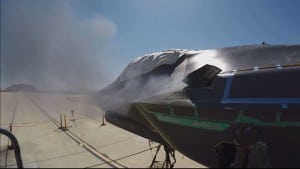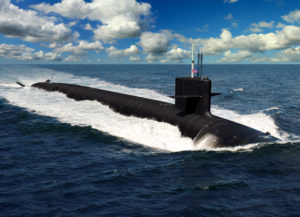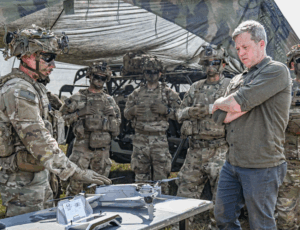
The Air Force version of the F-35 has fired its onboard Gatling gun at full capacity, the Pentagon’s Joint Program Office (JPO) said Thursday.Earlier in August, an F-35A fired 181 rounds from its four-barrel, 25 millimeter wing-mounted gun during a ground test at Edwards AFB, Calif. The Air Force F-35A is the only one of the three Joint Strike Fighter variants that is equipped with an integral gun.Both the short-takeoff, vertical landing F-35B for the Marine Corps and the Navy’s…

 By
By 











